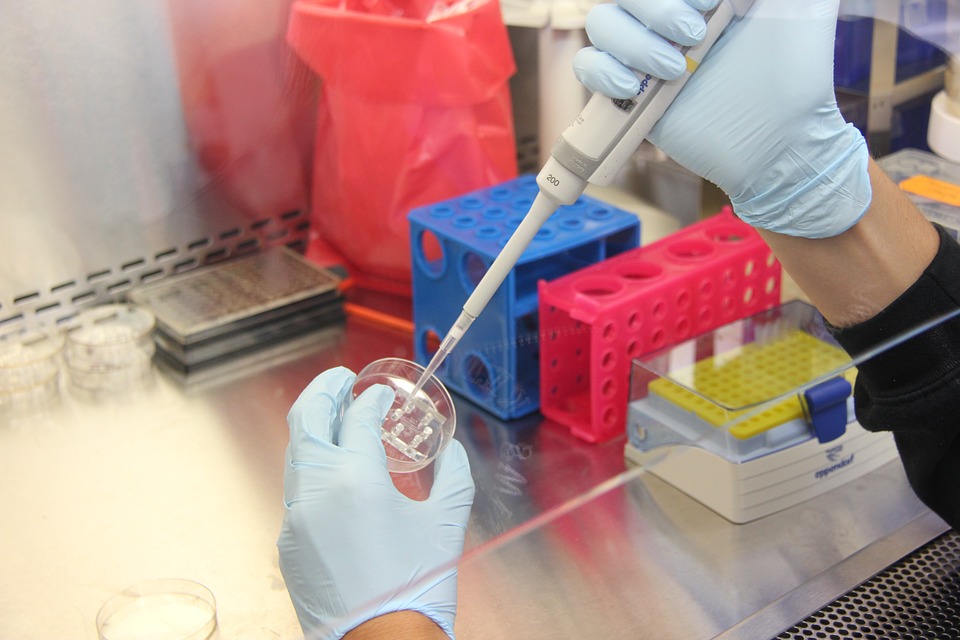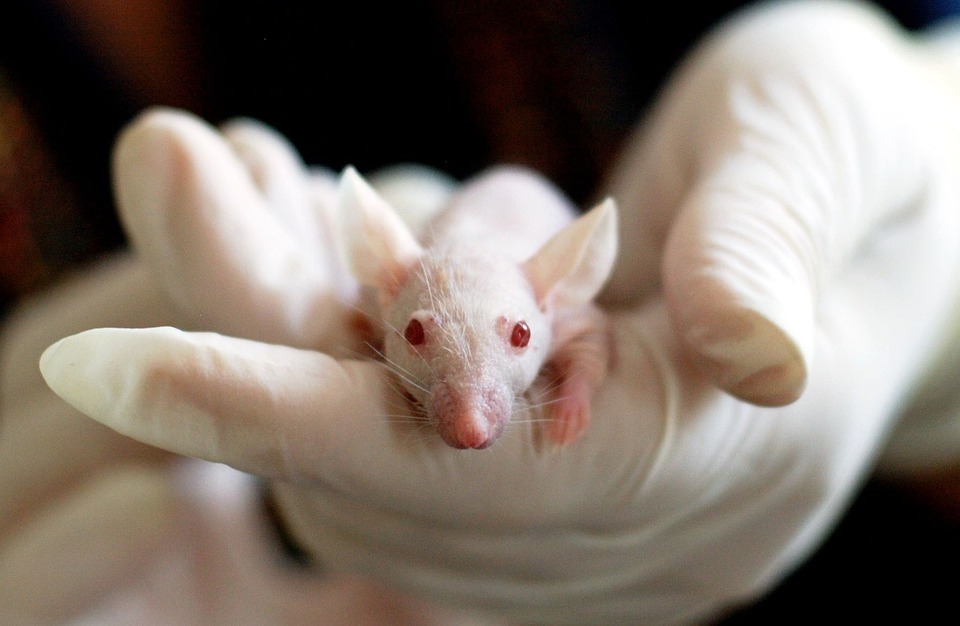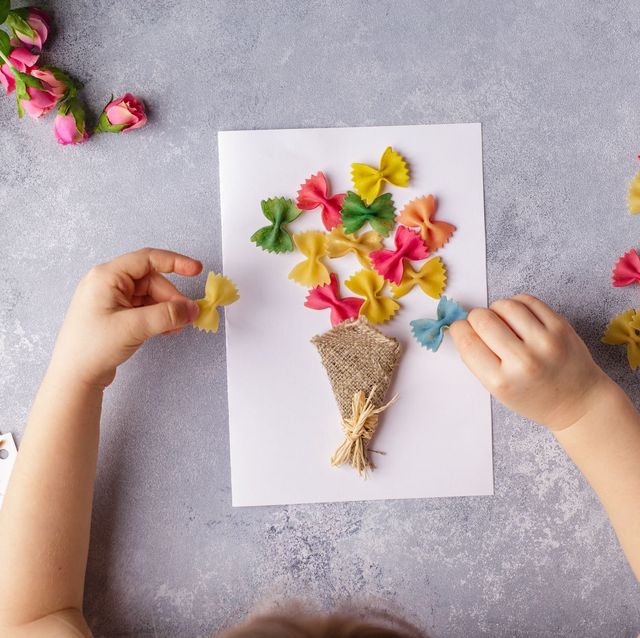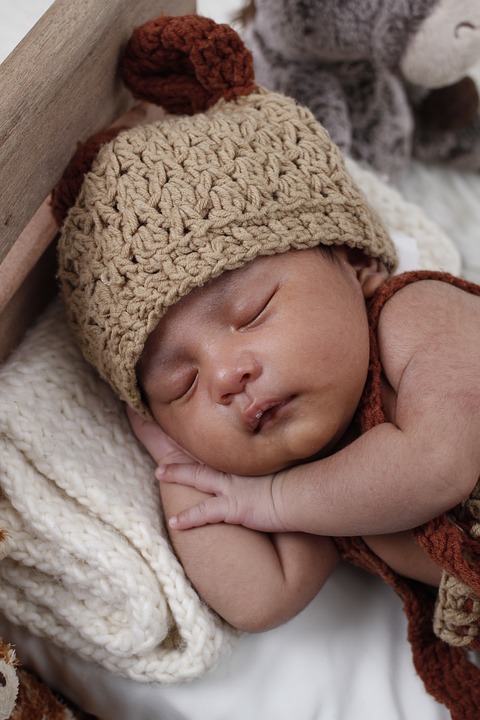
All living things, plants, animals are all deeply influenced by the environment – by factors like water, heat, light, soil and other plants and animals.
Did you know that you can observe the effects of the environment upon living things?
How Does a Change in Temperature Affect Animals?

During the summer season, temperatures may vary in many areas between the day and night. But, how do these changes influence living things?
If you want to discover the striking effects of temperature on animals, try the following experiment:
Place a small goldfish in a pint jar filled with water to within about an inch of the top. Record the temperature of the water. Then, count the number of times the gill cover moves per minute. Next, place the jar in a shallow pan or bowl. Next, place the jar in a shallow pan or bowl and fill it with ice water. Record the temperature and then count the number of movements of the gill cover per minute. Empty the pan and keep filling it with water at different temperatures ranging up to about 100 °F. Count the gill cover movements per minute at each different temperature after recording the thermometer reading. For greater accuracy, make three counts at each temperature and average them.
So, how did the movement of the gills vary with temperature? Not all animals of the same species have equal respiration rates. Does a large goldfish have a different rate from that of a small goldfish at equal temperature?
What Are Some Factors That Limit Population?

Populations of various kinds of animals and plants exist on earth and these populations vary in kind and number from location to location and month to month. One important characteristic here is the density of the population.
Here is a population experiment carried out with fruit fly, Drosophila, widely used by scientists for research. Fruit flies are ideal for your experiment because they are small, easily obtained and easy to maintain and also because they reproduce in from 10 to 12 days. It is possible to breed many generations of these flies within a short period of time.
You can collect fruit flies by placing a large piece of banana in an open jar and placing the jar outside. After several of the flies have made their way inside the jar, cover it with cheesecloth and bring the jar inside the house and leave it there for about 15 days or until a number of fruit flies have been observed.
Now, place a piece of banana of about ¾ of an inch in length in the bottom of each 2 pint jars and two pieces of banana of equal size in each of 2 other pint jars. Cut strips of paper toweling ¾ of an inch by 3 inches and place them over the bananas. The fruit flies will be able to attach themselves to the paper and feed on the banana, without sticking to the latter.
Place 4 fruit flies in each of the 4 jars. A fine-mesh cheesecloth should be used to cover the jars so as to allow oxygen to enter and to prevent the flies from escaping. Place the jars in a location at room temperature. Let 10 days elapse. Then observe the jars every 5 days for 30 days and record the approximate number of living and dead flies in each jar.
Compare the different counts of dead and living flies for each jar. What are some of the possible reasons for the differences? Would the total number of flies be greater if you used quart jars instead of pint jars? Would the number of flies be greater if you provided more food?
So, which experiment would you carry out first?



